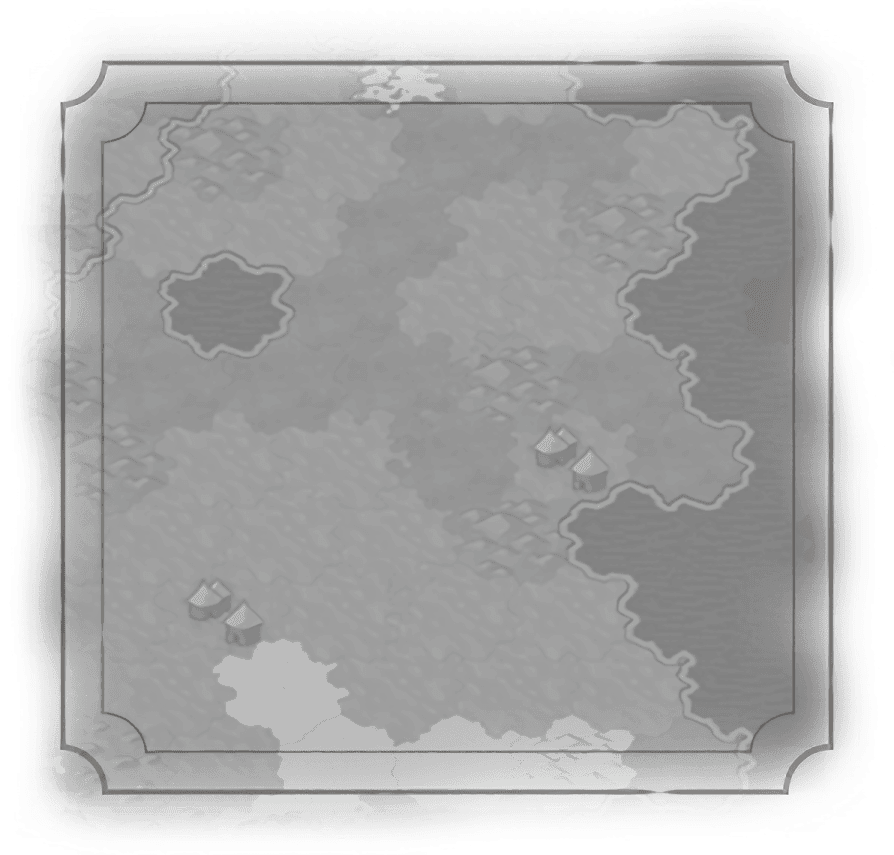Comandante General
Great Admiral
Artemisia
Chester Nimitz
Ching Shih
Clancy Fernando
Francis Drake
Franz von Hipper
Gaius Duilius
Grace Hopper
Hanno the Navigator
Himerios
Horatio Nelson
Joaquim Marques Lisboa
Laskarina Bouboulina
Leif Erikson
Matthew Perry
Rajendra Chola
Santa Cruz
Sergei Gorshkov
Themistocles
Togo Heihachiro
Yi Sun-sin
Zheng He
Great Artist
Great Engineer
Great General
Great Merchant
Great Musician
Great Prophet
Great Scientist
Great Writer


Perhaps most interesting in Hanno’s account is his encounter with gorillas. Hanno’s crew sees the apes as strangely uncommunicative and hostile people who fling stones at them and, when captured, “bite and mangle” the Carthaginians. He names them gorillas, although they may well have been chimpanzees. Hanno’s fleet kills three of these, and preserves their “shaggy” skins, although the hides were lost in the Roman destruction of Carthage some centuries later.
Retire (1 charge)
Creates a naval melee unit with +2  Movement.
Movement.
Passive Effect
+5  Combat Strength and +1
Combat Strength and +1  Movement to Classical and Medieval era naval units within 2 tiles.
Movement to Classical and Medieval era naval units within 2 tiles.

Traits

Perhaps most interesting in Hanno’s account is his encounter with gorillas. Hanno’s crew sees the apes as strangely uncommunicative and hostile people who fling stones at them and, when captured, “bite and mangle” the Carthaginians. He names them gorillas, although they may well have been chimpanzees. Hanno’s fleet kills three of these, and preserves their “shaggy” skins, although the hides were lost in the Roman destruction of Carthage some centuries later.
Traits
Retire (1 charge)
Creates a naval melee unit with +2  Movement.
Movement.
Passive Effect
+5  Combat Strength and +1
Combat Strength and +1  Movement to Classical and Medieval era naval units within 2 tiles.
Movement to Classical and Medieval era naval units within 2 tiles.



